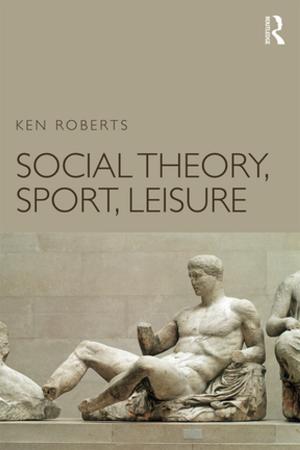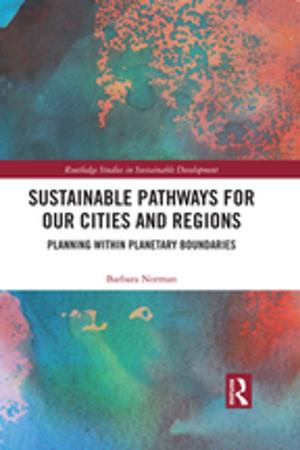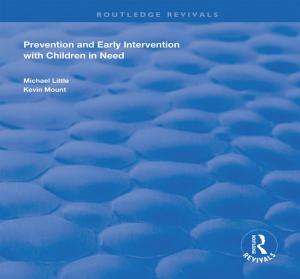From Temple to Museum
Colonial Collections and Umā Maheśvara Icons in the Middle Ganga Valley
Nonfiction, History, Asian, India, Religion & Spirituality, Eastern Religions, Hinduism| Author: | Salila Kulshreshtha | ISBN: | 9781351356091 |
| Publisher: | Taylor and Francis | Publication: | October 5, 2017 |
| Imprint: | Routledge India | Language: | English |
| Author: | Salila Kulshreshtha |
| ISBN: | 9781351356091 |
| Publisher: | Taylor and Francis |
| Publication: | October 5, 2017 |
| Imprint: | Routledge India |
| Language: | English |
Religious icons have been a contested terrain across the world. Their implications and understanding travel further than the artistic or the aesthetic and inform contemporary preoccupations.This book traces the lives of religious sculptures beyond the moment of their creation. It lays bare their purpose and evolution by contextualising them in their original architectural or ritual setting while also following their displacement. The work examines how these images may have moved during different spates of temple renovation and acquired new identities by being relocated either within sacred precincts or in private collections and museums, art markets or even desecrated and lost.
The book highlights contentious issues in Indian archaeology such as renegotiating identities of religious images, reuse and sharing of sacred space by adherents of different faiths, rebuilding of temples and consequent reinvention of these sites. The author also engages with postcolonial debates surrounding history writing and knowledge creation in British India and how colonial archaeology, archival practices, official surveys and institutionalisation of museums has influenced the current understanding of religion, sacred space and religious icons. In doing so it bridges the historiographical divide between the ancient and the modern as well as socio-religious practices and their institutional memory and preservation.
Drawn from a wide-ranging and interdisciplinary study of religious sculptures, classical texts*,* colonial archival records, British travelogues, official correspondences and fieldwork, the book will interest scholars and researchers of history, archaeology, religion, art history, museums studies, South Asian studies and Buddhist studies.
Religious icons have been a contested terrain across the world. Their implications and understanding travel further than the artistic or the aesthetic and inform contemporary preoccupations.This book traces the lives of religious sculptures beyond the moment of their creation. It lays bare their purpose and evolution by contextualising them in their original architectural or ritual setting while also following their displacement. The work examines how these images may have moved during different spates of temple renovation and acquired new identities by being relocated either within sacred precincts or in private collections and museums, art markets or even desecrated and lost.
The book highlights contentious issues in Indian archaeology such as renegotiating identities of religious images, reuse and sharing of sacred space by adherents of different faiths, rebuilding of temples and consequent reinvention of these sites. The author also engages with postcolonial debates surrounding history writing and knowledge creation in British India and how colonial archaeology, archival practices, official surveys and institutionalisation of museums has influenced the current understanding of religion, sacred space and religious icons. In doing so it bridges the historiographical divide between the ancient and the modern as well as socio-religious practices and their institutional memory and preservation.
Drawn from a wide-ranging and interdisciplinary study of religious sculptures, classical texts*,* colonial archival records, British travelogues, official correspondences and fieldwork, the book will interest scholars and researchers of history, archaeology, religion, art history, museums studies, South Asian studies and Buddhist studies.















